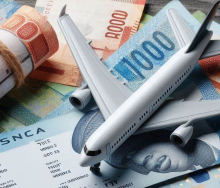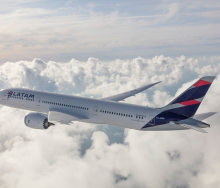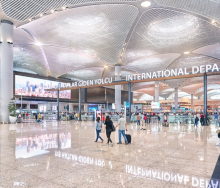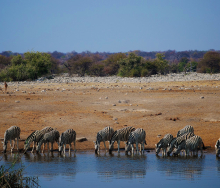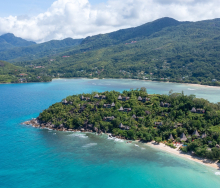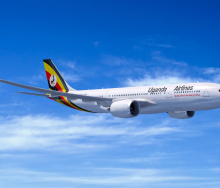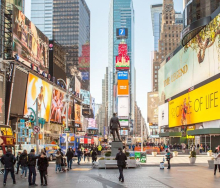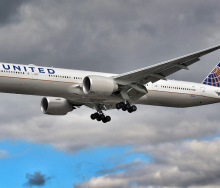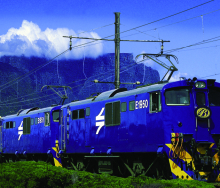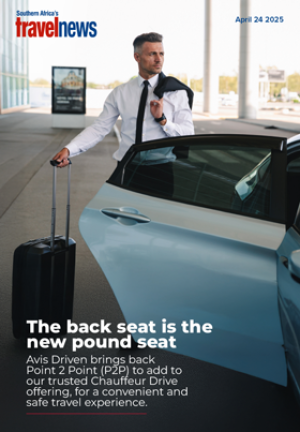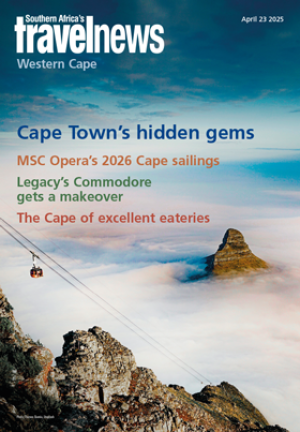Domestic tourism is on track to exceed its total holiday trips targets for 2023, and meet its targets for day trips as South Africans continue seeking local options post-COVID.
South Africa’s tourism authorities have set their sights on the domestic sector, with the Domestic Tourism Growth Strategy identifying increasing domestic tourism revenues and volumes, improving measures aimed at addressing seasonality and equitable geographic spread, and entrenching a culture of tourism among South Africans as key for growth.
Outlining the strategy during a webinar hosted by SATSA, Maylene Broderick, Chief Director at the Department of Tourism, said: “Prior to the pandemic, there wasn’t a lot of focus on domestic tourism. This has been our bread and butter and we feel very strongly that it should be going forward.”
Increasing revenue and numbers
Trade Relations Manager: South Africa at South African Tourism, Melanie Leloup, said: “For the first half of the year, we have done very, very well.”
This included increases in both trip numbers and domestic tourism spend. With a 23% increase in the total number of domestic trips between January and June 2023 compared with the same period in 2022, and holiday trips showing particularly good growth at 42%, she said domestic tourism was on track to exceed total and holiday trip targets for 2023.
Despite a small decline in day trips over the period, Leloup said the numbers were still on track to meet the 2023 target.
Domestic spending increased by over 20% between January and April. Leloup, however, said part of this increase could be attributed to “the cost of everything increasing”.
Broderick said innovation of operations, attractions and offerings, and increasing business travel volumes were part of the focus on increasing tourism revenue.
Thato Mothopeng, National Co-ordinator at the South African Township and Village Tourism Association, said domestic tourism played an important role in keeping travel spending loca.
“Giving the domestic consumer more products to choose from will ensure they choose local destinations, instead of them saving that money to go to the Bahamas,” he said.
To increase volumes, the Department of Tourism identified differentiated packaging to include affordable and varied options as a key strategy.
The Department is also exploring a budget resort concept, making use of existing state-owned facilities.
“We have a plethora of state-owned resorts around the country. SANParks is the national one, but all provinces have them too. A lot of them are dilapidated or vandalised and we see this as an opportunity to revitalise and optimise them,” Broderick said.
Addressing seasonality and equitable geographical spread
Leloup said more than half of South African travellers preferred to travel when it was warmer and during school holidays, with December, September and April being peaks for South Africans.
She said traditionally, tourism establishments “are really only looking at offering South Africans really good packages during the low season, when really we should be looking at giving South Africans something they can also enjoy during the peak season when they actually want to travel”.
Broderick said an audit of products nationwide to ascertain availability for all priority segments was also required. During a roadshow held prior to the pandemic, she said: “One of the things that came out very clearly was that our offering was stale and geared towards the luxury market.”
Looking at the geographical spread of tourism, KwaZulu Natal was the leading domestic destination province in 2022, with 7,6 million trips undertaken. Gauteng and Limpopo are second and third destination provinces. Gauteng took the lead as the biggest domestic source market for 2022, with Limpopo and the Eastern Cape taking second and third respectively.
The Northern Cape is both the smallest source market and the smallest destination with just 800 000 trips undertaken each way.
Entrenching the culture of tourism
Leloup said there was an emerging travel segment of people who were earning enough to travel locally, but who do not have a culture of travel. In 2016, this market numbered 2,7 million people. A further 1,1 million were travelling, but not necessarily for leisure.
Broderick said in addition to developing tourism awareness campaigns, there was a focus on social tourism to encourage seniors and school-goers to travel, and the development of niche products focusing on gastronomy, youth and sport.


